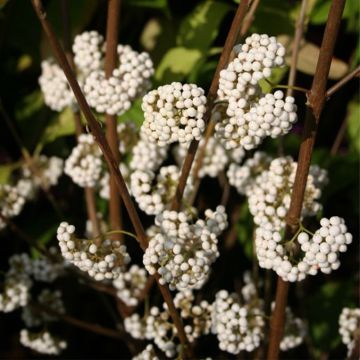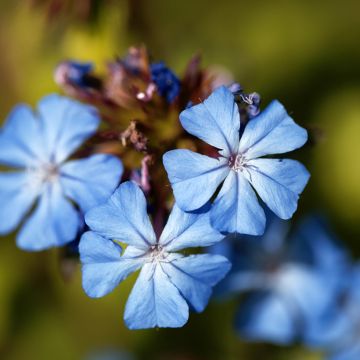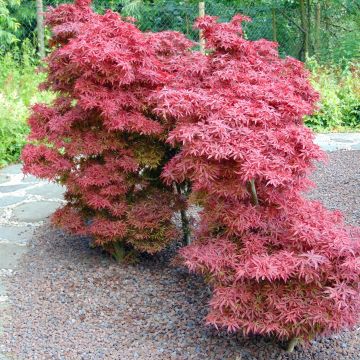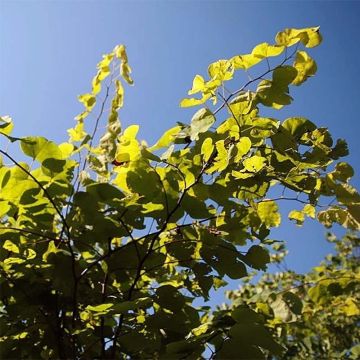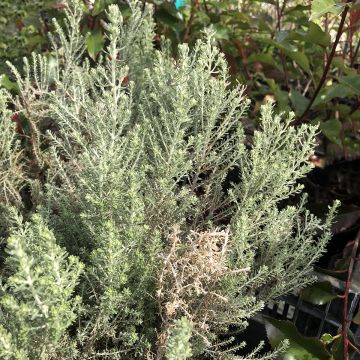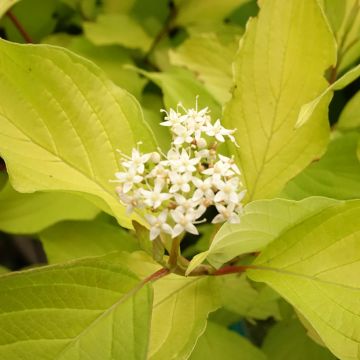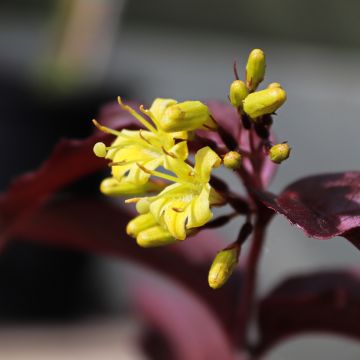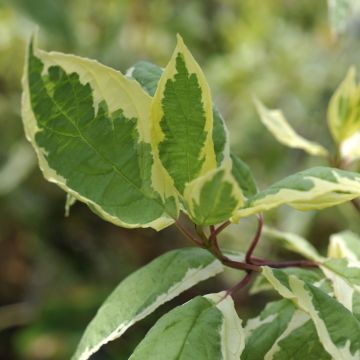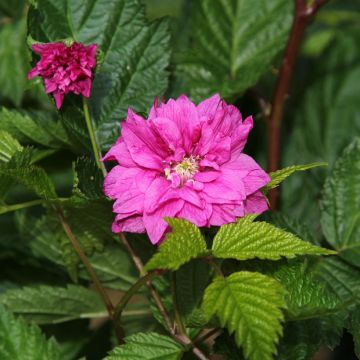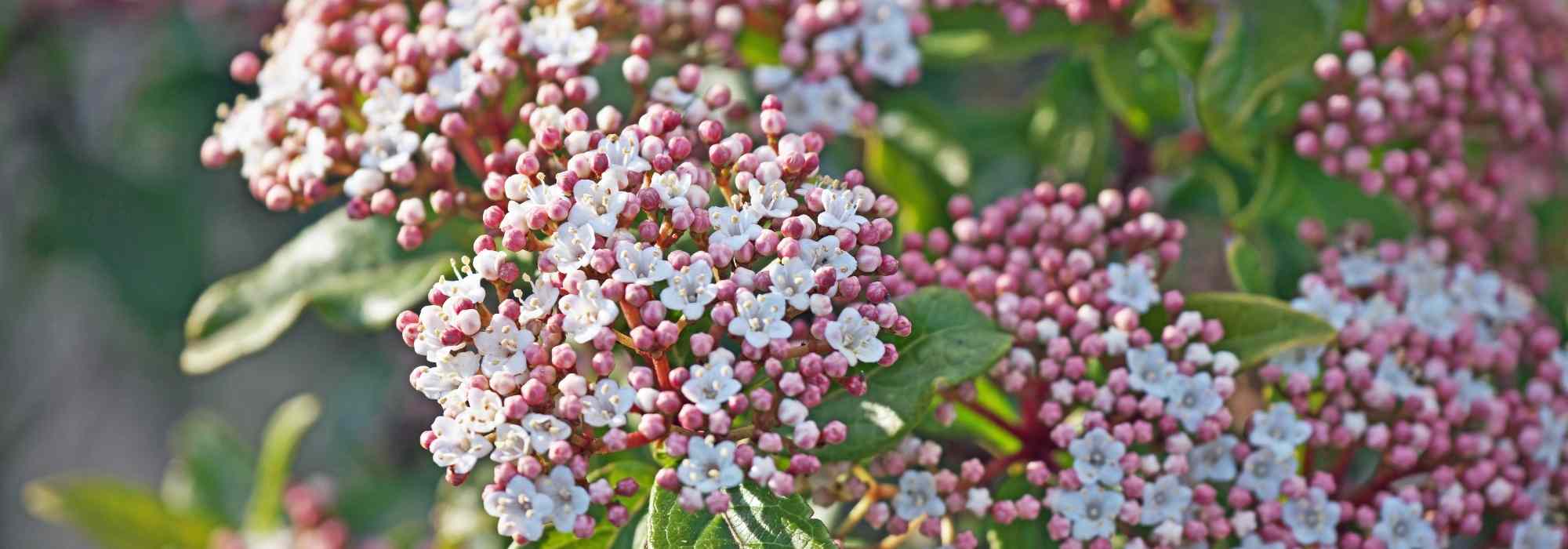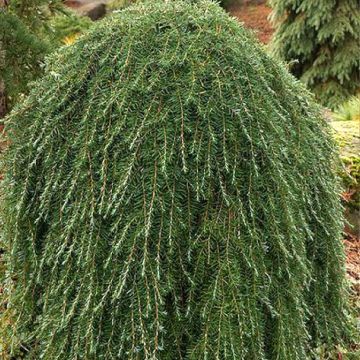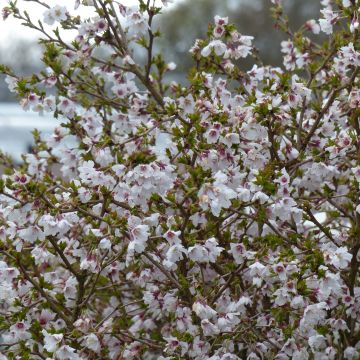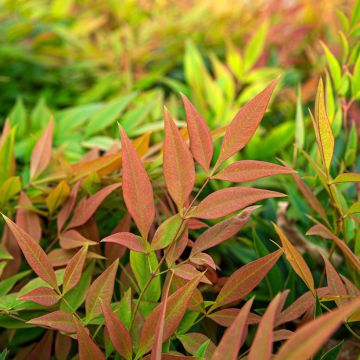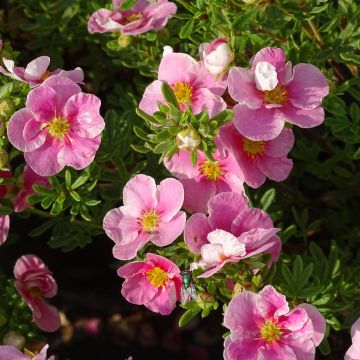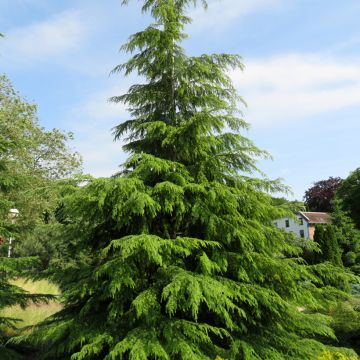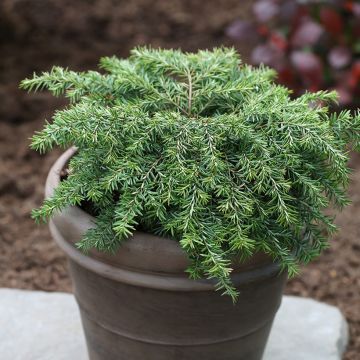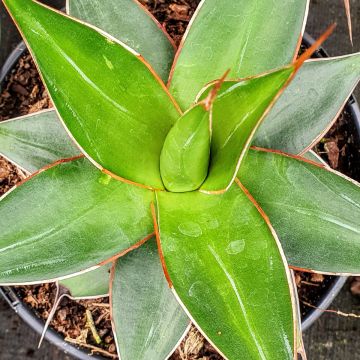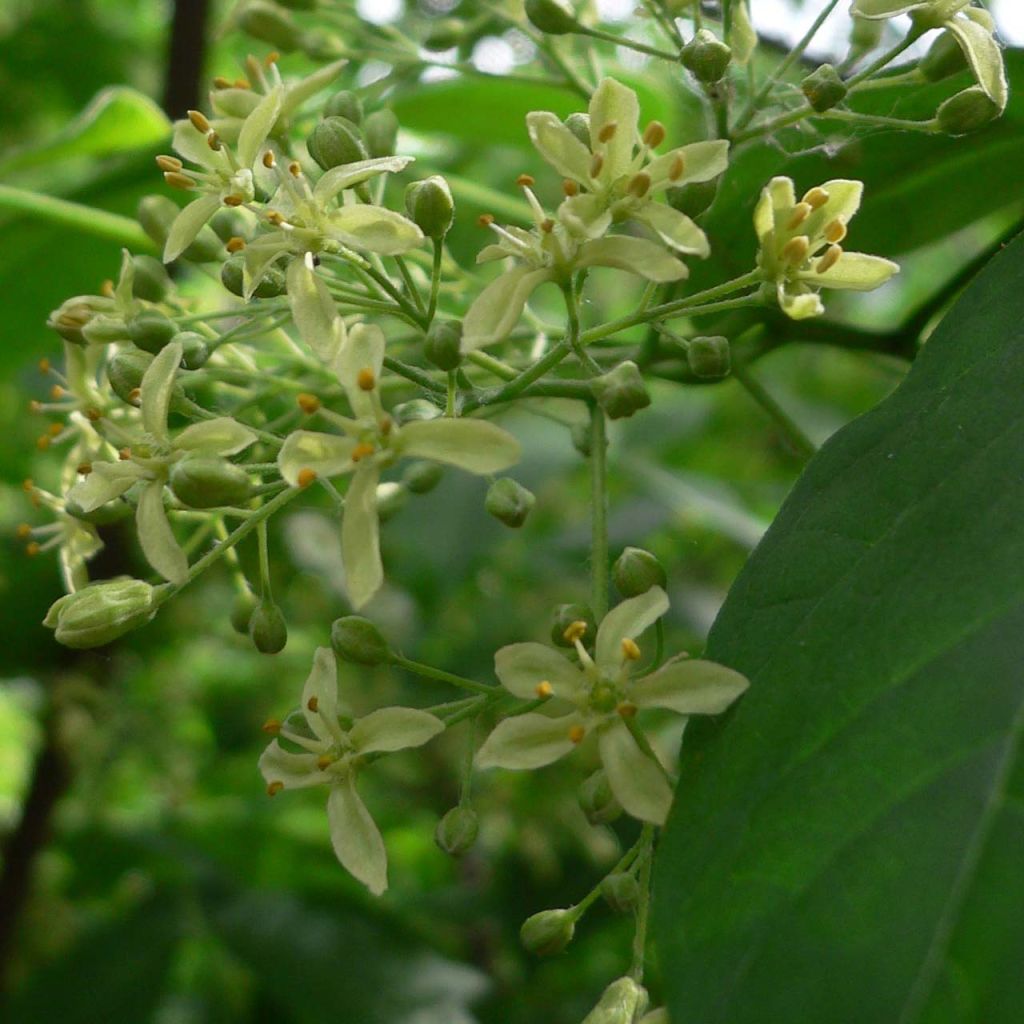

Ptelea trifoliata - Orme de Samarie
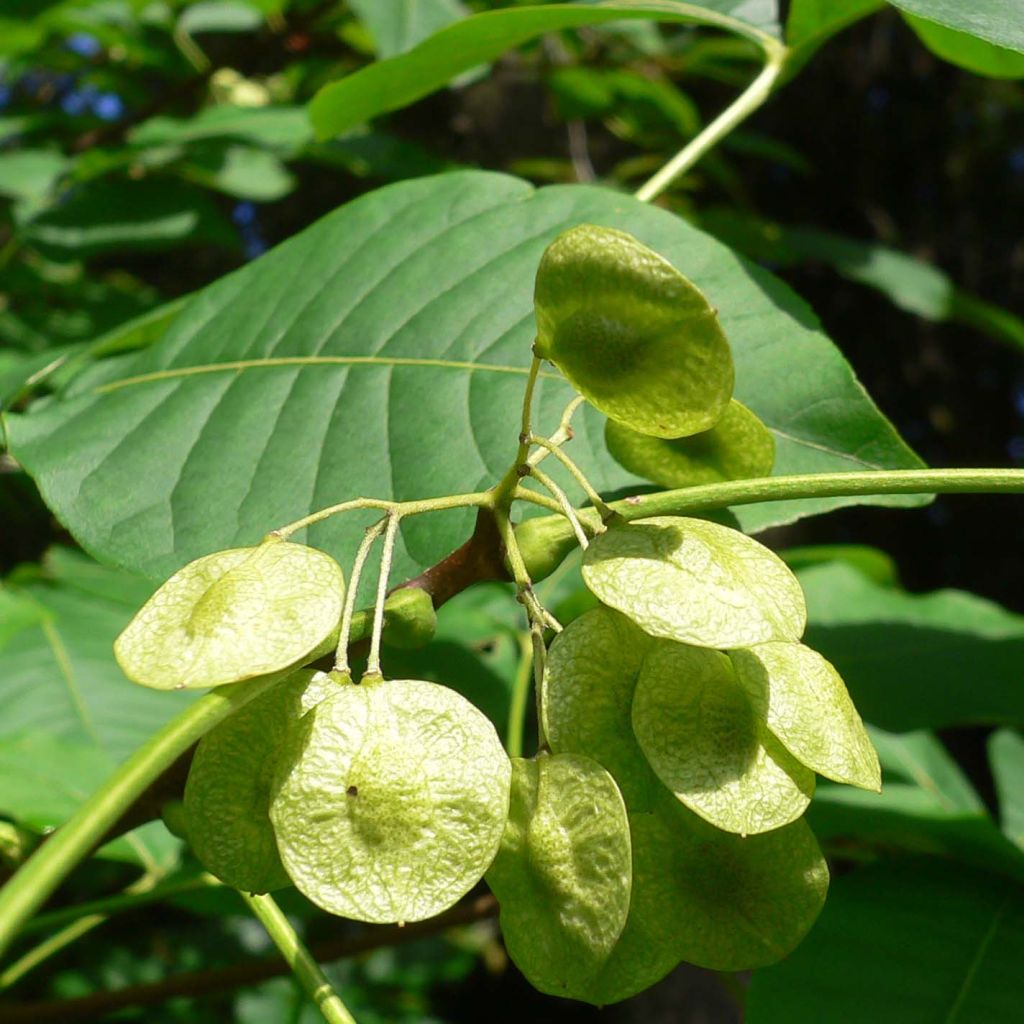

Ptelea trifoliata - Orme de Samarie


Ptelea trifoliata - Orme de Samarie
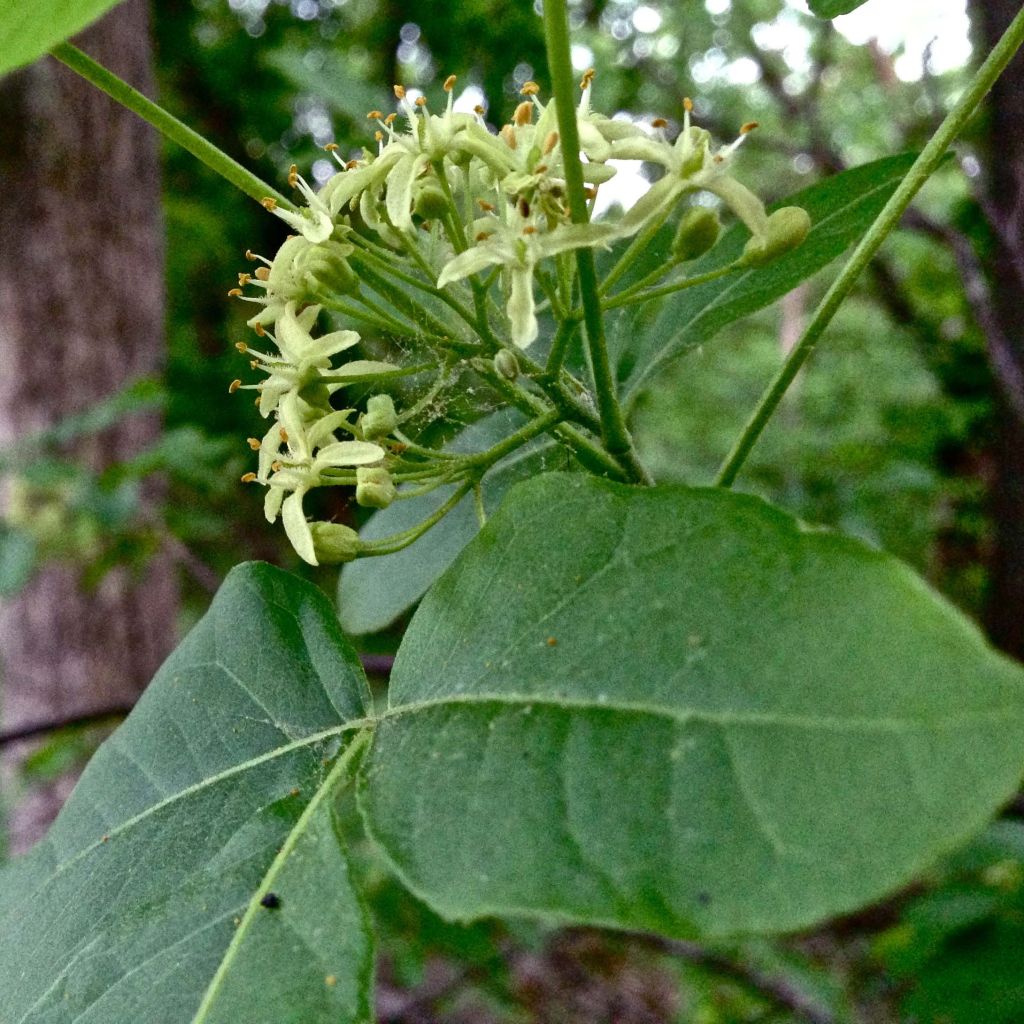

Ptelea trifoliata - Orme de Samarie
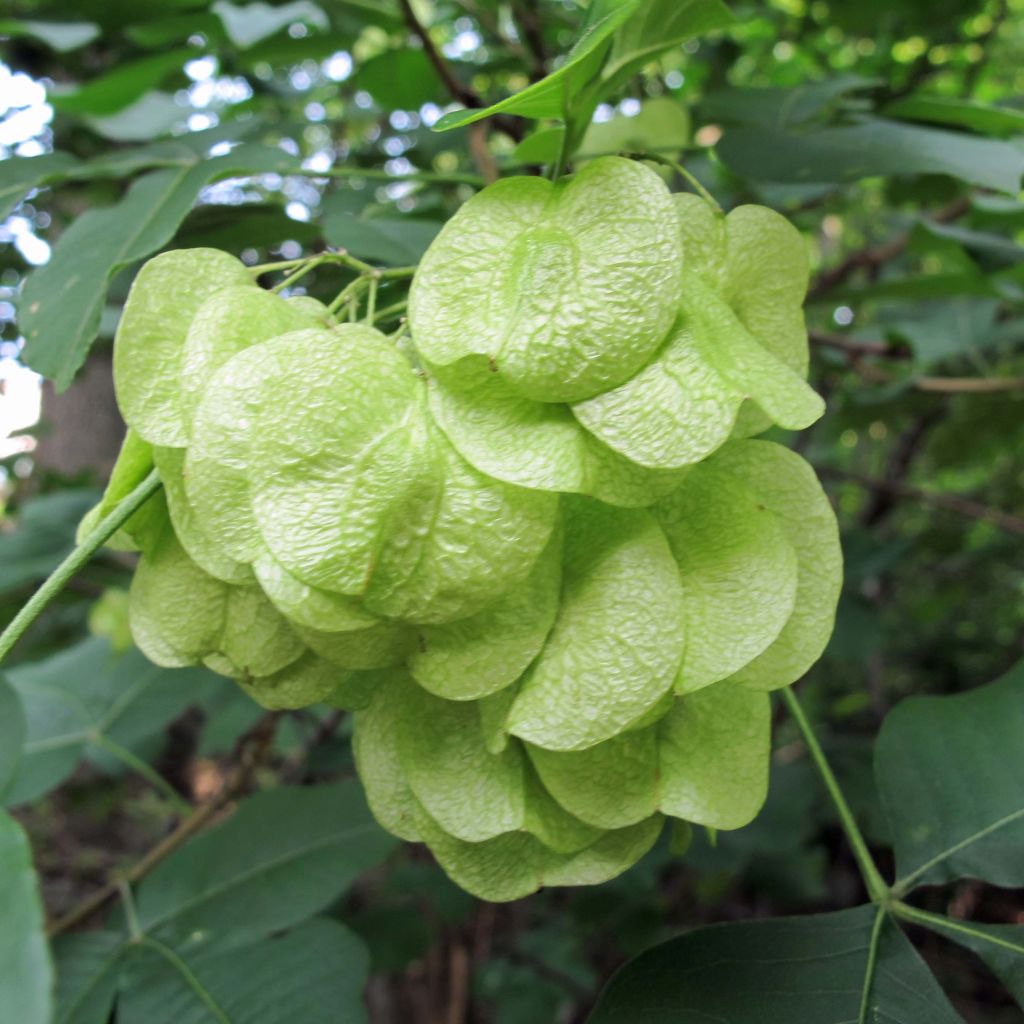

Ptelea trifoliata - Orme de Samarie
Ptelea trifoliata - Hoptree
Ptelea trifoliata
Hoptree, Wafer Ash, Stinking Ash, Skunk Bush
Budded timidly, then few leaves, then leaf loss, yet not lacking water. I feel like its health was feeble.
S., 26/07/2024
Special offer!
Receive a €20 voucher for any order over €90 (excluding delivery costs, credit notes, and plastic-free options)!
1- Add your favorite plants to your cart.
2- Once you have reached €90, confirm your order (you can even choose the delivery date!).
3- As soon as your order is shipped, you will receive an email containing your voucher code, valid for 3 months (90 days).
Your voucher is unique and can only be used once, for any order with a minimum value of €20, excluding delivery costs.
Can be combined with other current offers, non-divisible and non-refundable.
Home or relay delivery (depending on size and destination)
Schedule delivery date,
and select date in basket
This plant carries a 24 months recovery warranty
More information
We guarantee the quality of our plants for a full growing cycle, and will replace at our expense any plant that fails to recover under normal climatic and planting conditions.
Would this plant suit my garden?
Set up your Plantfit profile →
Description
Ptelea trifoliata, also known as the Hop Tree, is a little-known North American species that is not widely planted in European gardens, despite its remarkable adaptability. This shrub or small tree is not an elm, but a cousin of the lemon tree, just like Poncirus trifoliata and Mexican Orange, with which it shares a highly aromatic foliage. Its discreet spring flowering is both fragrant and melliferous, and is followed by clusters of winged fruits that resemble those of the elm and remain decorative until late in the season. Its beautiful, dark green, trifoliate foliage turns a brilliant golden yellow in autumn. While the Ptelea may not be spectacular, it is useful for difficult areas. This undemanding shrub also provides a good source of food for bees and small garden fauna.
Ptelea trifoliata, from the Rutaceae family, is native to a vast area covering the eastern part of North America, from Mexico to the United States and Quebec. In the wild, it is often found anchored in rocky hillsides in mountainous areas, on shallow soils where it develops thick roots.
The Hop Tree develops several thin and twisted trunks, displaying a generally open habit and a sparse, wide crown supported by upright and intertwined branches. It is a large, hardy shrub or small tree with slow growth, reaching a height of approximately 6 m (20ft) and a width of 4 m (13ft), depending on the growing conditions. The bark covering the trunk and branches is initially smooth and reddish-brown, becoming more grey and slightly grooved in appearance, and peeling over time. The branches bear a very dense, deciduous foliage that falls late in autumn and develops late in spring. When crushed, it gives off a musky and lemony aroma, which can be off-putting. The leaves, which are somewhat soft in texture and measure 6 to 15 cm (2 to 6in) long, are divided into 3 lobes with pointed tips. They are a fairly dark, glossy green on the upper side. The foliage turns golden yellow before falling.
Ptelea trifoliata offers a discreet flowering in April, with clusters of small, cream-white to pistachio-green star-shaped flowers, 1 to 2 cm (1in) wide, appearing among the leaves. They are intensely nectar-rich and exude a heady fragrance reminiscent of honeysuckle, more perceptible at dusk, which may or may not be appreciated by humans. The flowers are followed in late summer by generous clusters of small nuts, each surrounded by an oval, papery beige membrane, 2 to 2.5 cm (1in) in diameter. Dispersed by the wind, they are enjoyed by many birds and small mammals. These fruits, which are also aromatic, can be used as a substitute for hops in beer brewing.
The Hop Tree will find a special place in gardens that embrace nature. Far from extravagant blooms and lush foliage, it offers simple yet highly useful flowers and fruits, supporting life in the garden. It is valuable in difficult areas, on rocky soil and in somewhat shaded areas that are neglected by other shrubs. While it appreciates the sun and moist soil that provide it with more luxuriance, it is capable of withstanding summer drought once well established in slightly deep soil. It can be placed near the house if one enjoys its fragrance, in a natural hedge or a shrub border. For example, it can be associated with small maples (Acer campestre, monspessulanum, griseum), Poncirus trifoliata, honey tree (Tetradium danielii), Cotinus, and deciduous euonymus, all of which are equally easy to grow. Its very slow growth allows it to fit into smaller gardens.
The Hop Tree is also a medicinal plant used in the traditional medicine of the Native Americans.
Report an error about the product description
Ptelea trifoliata - Hoptree in pictures


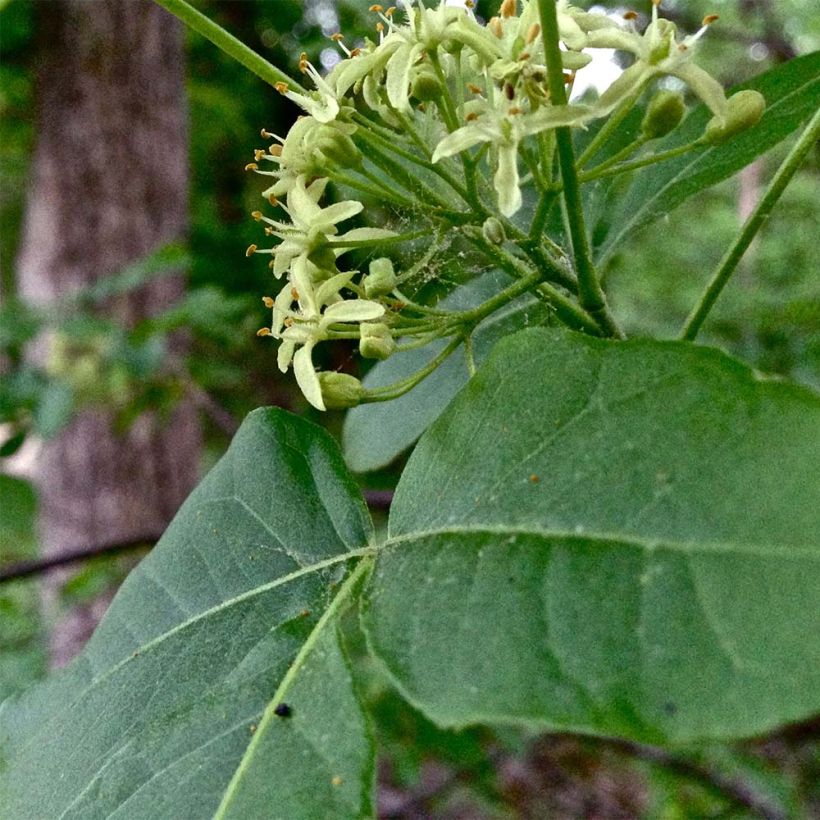

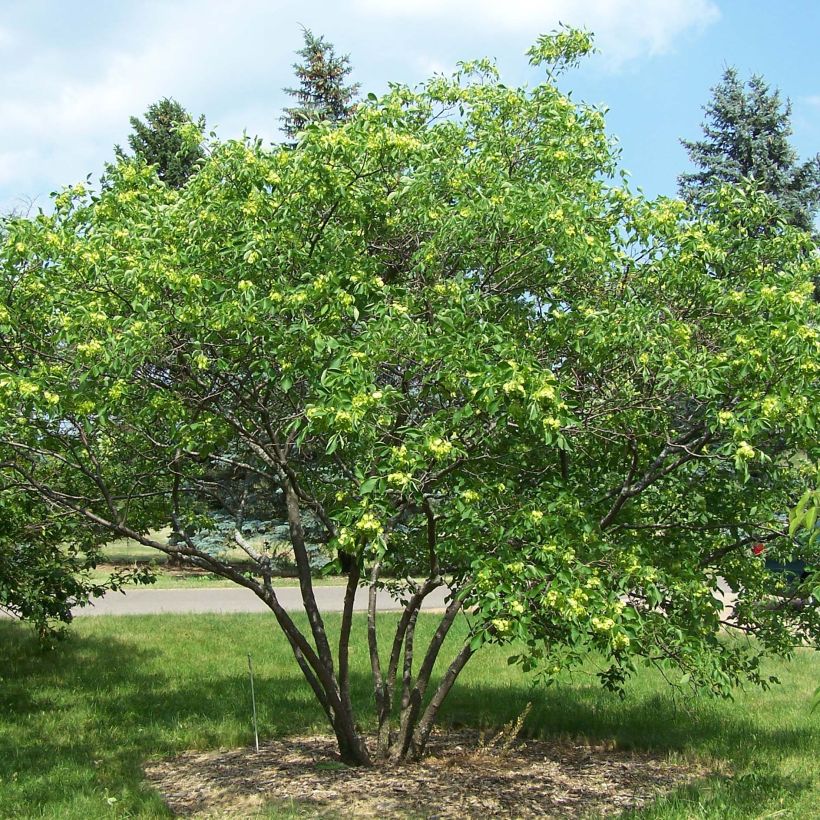

Plant habit
Flowering
Foliage
Botanical data
Ptelea
trifoliata
Rutaceae
Hoptree, Wafer Ash, Stinking Ash, Skunk Bush
North America
Other Shrubs A to Z
View all →Planting and care
Ptelea trifoliata is preferably planted in autumn in ordinary soil, preferably well-drained. It appreciates rocky, sandy, loamy, or clay-loamy soils that do not retain excess water: its roots can rot in flooded or too compact soil. While it develops faster in slightly moist soil, it adapts perfectly to rocky, shallow, and drier soils in summer, once well-established. Plant it in a sunny, semi-shaded, or even shaded position, especially in warm regions. It adapts to all climates but does not like overly acidic or overly calcareous soils (pH between 6 and 7.8). Water and mulch during the first summers. The Hop Tree may be prone to foliar spots and rust, without harmful consequences.
Pruning: Prune shrubs under 2m (7ft) tall to strengthen their structure. Trim weak branches and those located at the base of the trunks between February and April, before the start of the vegetation period. Also, shorten all branches by 1/3. Mature specimens will benefit from cleaning dead wood or branches that intertwine in the centre of the canopy.
Planting period
Intended location
Care
Planting & care advice
-
, onOrder confirmed
Reply from on Promesse de fleurs
Similar products
Haven't found what you were looking for?
Hardiness is the lowest winter temperature a plant can endure without suffering serious damage or even dying. However, hardiness is affected by location (a sheltered area, such as a patio), protection (winter cover) and soil type (hardiness is improved by well-drained soil).

Photo Sharing Terms & Conditions
In order to encourage gardeners to interact and share their experiences, Promesse de fleurs offers various media enabling content to be uploaded onto its Site - in particular via the ‘Photo sharing’ module.
The User agrees to refrain from:
- Posting any content that is illegal, prejudicial, insulting, racist, inciteful to hatred, revisionist, contrary to public decency, that infringes on privacy or on the privacy rights of third parties, in particular the publicity rights of persons and goods, intellectual property rights, or the right to privacy.
- Submitting content on behalf of a third party;
- Impersonate the identity of a third party and/or publish any personal information about a third party;
In general, the User undertakes to refrain from any unethical behaviour.
All Content (in particular text, comments, files, images, photos, videos, creative works, etc.), which may be subject to property or intellectual property rights, image or other private rights, shall remain the property of the User, subject to the limited rights granted by the terms of the licence granted by Promesse de fleurs as stated below. Users are at liberty to publish or not to publish such Content on the Site, notably via the ‘Photo Sharing’ facility, and accept that this Content shall be made public and freely accessible, notably on the Internet.
Users further acknowledge, undertake to have ,and guarantee that they hold all necessary rights and permissions to publish such material on the Site, in particular with regard to the legislation in force pertaining to any privacy, property, intellectual property, image, or contractual rights, or rights of any other nature. By publishing such Content on the Site, Users acknowledge accepting full liability as publishers of the Content within the meaning of the law, and grant Promesse de fleurs, free of charge, an inclusive, worldwide licence for the said Content for the entire duration of its publication, including all reproduction, representation, up/downloading, displaying, performing, transmission, and storage rights.
Users also grant permission for their name to be linked to the Content and accept that this link may not always be made available.
By engaging in posting material, Users consent to their Content becoming automatically accessible on the Internet, in particular on other sites and/or blogs and/or web pages of the Promesse de fleurs site, including in particular social pages and the Promesse de fleurs catalogue.
Users may secure the removal of entrusted content free of charge by issuing a simple request via our contact form.
The flowering period indicated on our website applies to countries and regions located in USDA zone 8 (France, the United Kingdom, Ireland, the Netherlands, etc.)
It will vary according to where you live:
- In zones 9 to 10 (Italy, Spain, Greece, etc.), flowering will occur about 2 to 4 weeks earlier.
- In zones 6 to 7 (Germany, Poland, Slovenia, and lower mountainous regions), flowering will be delayed by 2 to 3 weeks.
- In zone 5 (Central Europe, Scandinavia), blooming will be delayed by 3 to 5 weeks.
In temperate climates, pruning of spring-flowering shrubs (forsythia, spireas, etc.) should be done just after flowering.
Pruning of summer-flowering shrubs (Indian Lilac, Perovskia, etc.) can be done in winter or spring.
In cold regions as well as with frost-sensitive plants, avoid pruning too early when severe frosts may still occur.
The planting period indicated on our website applies to countries and regions located in USDA zone 8 (France, United Kingdom, Ireland, Netherlands).
It will vary according to where you live:
- In Mediterranean zones (Marseille, Madrid, Milan, etc.), autumn and winter are the best planting periods.
- In continental zones (Strasbourg, Munich, Vienna, etc.), delay planting by 2 to 3 weeks in spring and bring it forward by 2 to 4 weeks in autumn.
- In mountainous regions (the Alps, Pyrenees, Carpathians, etc.), it is best to plant in late spring (May-June) or late summer (August-September).
The harvesting period indicated on our website applies to countries and regions in USDA zone 8 (France, England, Ireland, the Netherlands).
In colder areas (Scandinavia, Poland, Austria...) fruit and vegetable harvests are likely to be delayed by 3-4 weeks.
In warmer areas (Italy, Spain, Greece, etc.), harvesting will probably take place earlier, depending on weather conditions.
The sowing periods indicated on our website apply to countries and regions within USDA Zone 8 (France, UK, Ireland, Netherlands).
In colder areas (Scandinavia, Poland, Austria...), delay any outdoor sowing by 3-4 weeks, or sow under glass.
In warmer climes (Italy, Spain, Greece, etc.), bring outdoor sowing forward by a few weeks.






























